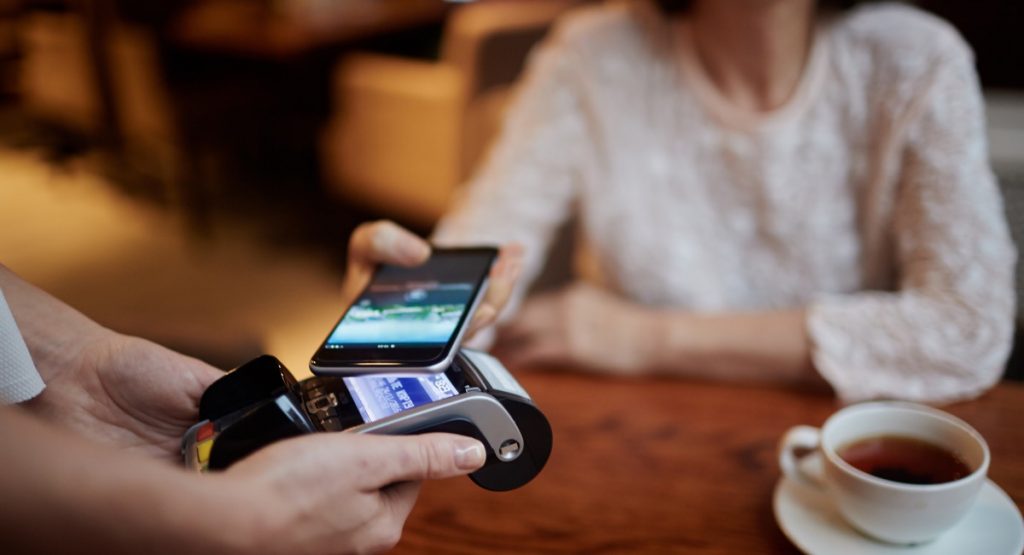
From using a card swiper on a smartphone to holding up a device for instant charging, mobile payment systems continue to evolve and streamline the business world. Are you concerned about your credit card data being hacked through these pathways? Explore the security measures that are in place for safe, mobile payments.
Immediate Encryption
From the moment that a consumer uses a card swiper for phone payments, the data is instantly encrypted. The credit card number isn’t accessible to the merchant or potential hacking. In fact, the merchant doesn’t save any data on their servers. These features mean that your data is constantly masked from view.
It’s safe to say that your credit card’s information is safer than it was with manual charging. Everyone in the immediate area could see your number as it was keyed or imprinted for each purchase in the past.
Swiper Manufacturing Plays a Role
Mobile payment systems are secure because of the hardware’s manufacturing process. The best swipers have one location for their production. Third parties aren’t privy to the encryption or software information. These products give consumers and merchants a safe way to charge monies without worrying about exposure. Inside theft is possible at device manufacturers that use multiple companies to create a single item.
Understanding Tokenization
Rather than using a card swiper for phone payments, the latest trend is to use a smartphone held up to a checkout-stand reader. Contactless charging may be the wave of the future, but security surrounding these mobile payment systems isn’t widely understood. In reality, credit-card numbers flying through the air can be intercepted and used by unauthorized people.
To solve this dilemma, contactless payments use tokenization. Symbols or tokens that represent your number are used to mask the information. Hacking is virtually impossible now.
Courtesy Checks
When it comes to holding up your phone to a reader at a checkout stand, some payment systems have courtesy checks that happen in a matter of seconds. The scanning process activates a verification of your hardware and software. It considers malware and other intrusive issues that can compromise a sale. If a device passes these system checks, payment is successful. The process takes no perceivable time, but it protects both the merchant and consumer from fraud.
A Clever Consumer Trick
A great way to ensure security when it comes to mobile payment systems is by taking control on your end. As a consumer, avoid public Wi-Fi systems when you’re uploading your credit card data to a smart device. Load any sensitive information at home on your Wi-Fi system. Hackers cannot access your data during this process.
As you shop around, the payment system takes over the security as you swipe or wave a phone in front of a checkout stand. Protecting your own data is possible during those transfer periods.
Continue to question any payment system that you’re unfamiliar with as technology evolves. You have a right to know where your information is going. In the end, you’ll have more convenience and security as you buy daily necessities through various outlets.